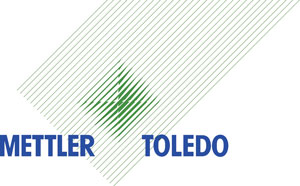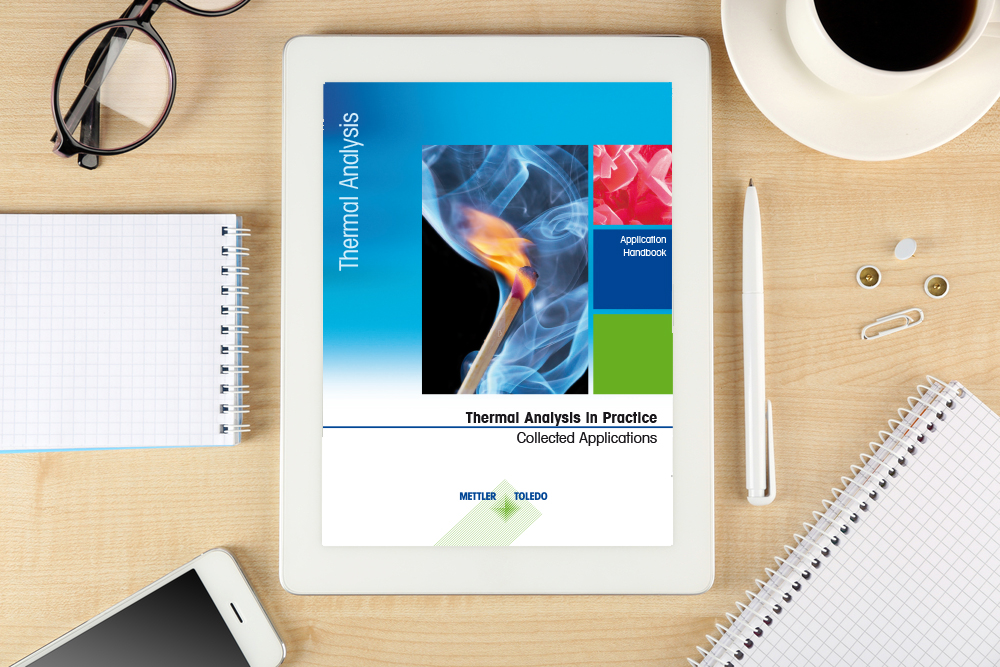Handbook: Thermal analysis in practice: collected applications
Posted: 5 February 2018 | METTLER TOLEDO | No comments yet
For quantitative results, the curves obtained from the measurement instrument have to be properly evaluated. Often, several different procedures are available for calculating numerical results from the curves…
These might involve choosing baselines, drawing tangents, etc. and can lead to different measurement results being obtained. For example, the glass transition temperature can be determined from DSC curves according to ASTM and DIN methods, and according to other procedures (Richardson, bisector of tangents). To meaningfully compare measurement results, it is important to evaluate measurement curves in exactly the same way each time and to specify the procedure used to obtain the results (e.g. baseline type, tangent type).
The rest of this handbook is restricted - login or subscribe free to access


Why subscribe? Join our growing community of thousands of industry professionals and gain access to:
- bi-monthly issues in print and/or digital format
- case studies, whitepapers, webinars and industry-leading content
- breaking news and features
- our extensive online archive of thousands of articles and years of past issues
- ...And it's all free!
Click here to Subscribe today Login here
Related content from this organisation
- Process analytical technology: applications and opportunities for pharma
- Application note: Enhancing microbial monitoring with an online bioburden analyser
- Efficient water determination accelerates API development
- EPR Podcast Episode 4 – UV/Vis in mRNA vaccine QC with Dr Hans-Joachim Muhr, Mettler Toledo
- Pharmacopoeia changes – what to check for on UV/Vis spectrometers, and how.










